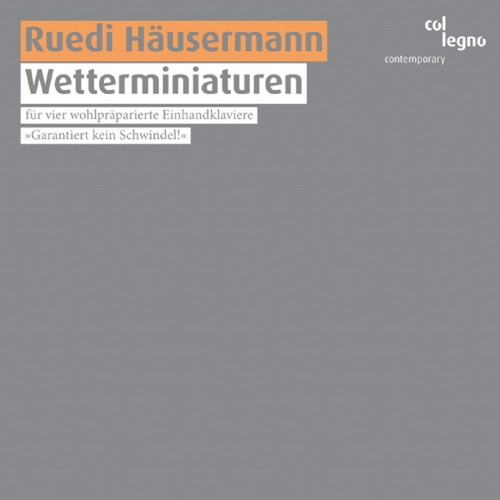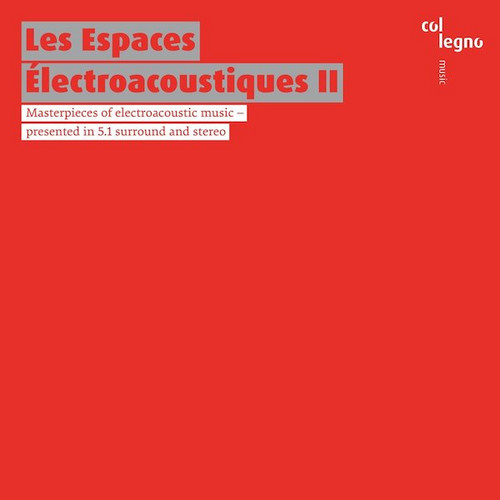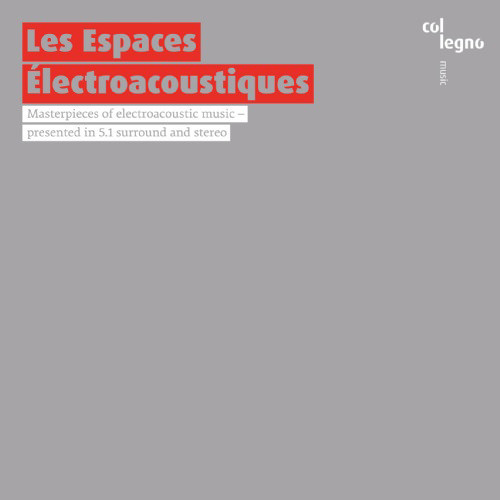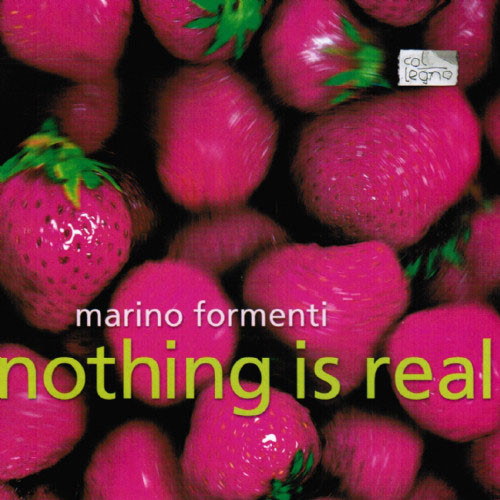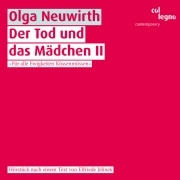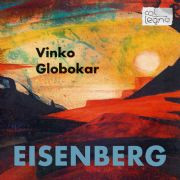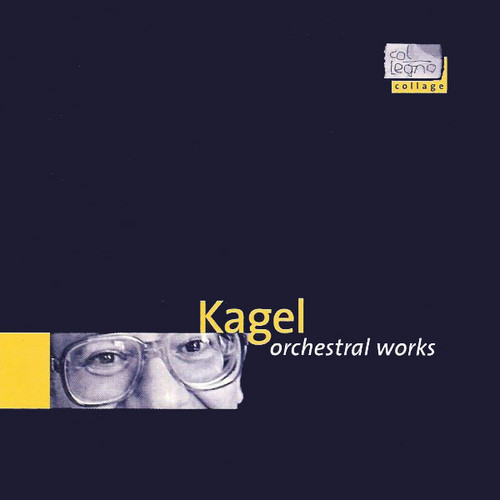★Col Legno
Imaginative Reflections
2025 stock ** "The sounds on this album seem to come from another world. They spread through space, then disappear, or rather: fade away, evaporate, crystallize, settle as a sedi- ment. This music is about fading away, about reverberations, echoes. European instruments sound Asian, and Asian instruments are integrated into European art music. Xiaoyong Chen, who emigrated to Germany in 1985, once a student of composition with György Ligeti and now a professor of composition at the Hochschule fü…
Wetterminiaturen
Ruedi Häusermann’s compositions melodies surface to be swallowed again, a breeze rises and gets lost in sounds, impulses, thunderstorms; melodies are created, are allowed to happen, and you find yourself listening raptly to their dis- integration. For building his worlds of sound the Swiss composer and theater maker has collaborated with the piano. He decided that this polyphonic instrument with its usually clearly defined tone and set ways of being played should be put on wheels so as to be mov…
Les Espaces Électroacoustiques II
The idea of exploring important 20th century electro-acoustic compositions within their historically informed performance practices, and using this as the basis for the production of a new interpretation in 5.1 surround sound, has created quite a stir. It originated at the Institute for Computer Music and Sound Technology (ICST) at the Zurich University of the Arts, and found its expression in the double SACD Les Espaces Électroacoustiques I. — This album now brings us further milestones of ele…
Les Espaces Électroacoustiques
Milestones of electroacoustic music – from Edgar Varèse’s Poème électronique (1958) to Brian Ferneyhough’s Mnemosyne (1986) – are investigated from a music-historical perspective and presented in a contemporary 5.1 surround edition.The selection of works on this double CD mirrors the development of electroacoustic music over a period of 30 years, from the early analogue studios to the shift to digital technology in the 1980s. It includes electronic compositions and works for instruments and e…
Portrait
The works of Clemens Gadenstätter are a wonderful example to evidence how an analytical approach to the phenomenon of hearing may result in music that sincerely moves its listeners. This production, entitled “Portrait,” represents a kind of screen capture of Gadenstätter’s oeuvre. Portraits are sometimes given away as presents in order to convey something of the essence of whom or which they portray. Clemens Gadenstätter’s music is perfectly suited as such a gift. …
Dispositions Furtives
Through the open sound portals created by his compatriot Castiglioni, the Italian pianist Alfonso Alberti first entered col legno's World of New Music; on his second album, he dedicates his sensitive and brilliant musicality to Gérard Pesson's fragile and puzzling fabrics of sound. A selection of piano pieces has been compiled in a joint effort by the pianist and the French composer; in his interpretations Alberti lets us catch glimpses of musical structures as though they were glittering just u…
Nothing Is Real
Each of the piano pieces assembled here is a gemstone in its own right; even so, it is their arrangement side by side that makes this album a unique experience. ...The outstanding pianist Marino Formenti begins his journey with Beat Furrer's Voicelessness – The Snow has no Voice (1986), a piece reminiscent of Debussy's Des pas sur la neige and depicting the same profound hopelessness. John Cage's Music Walk (1958), "for one or more pianists who also play radios and produce auxiliary sounds by si…
Der Tod und das Mädchen II
The tale of the Sleeping Beauty set somewhere between science fiction and biting social criticism. In her texts Elfriede Jelinek explores the states of sleep, of apparent death, of semi-consciousness, or of being barely awake – and in doing so investigates Austrian everyday life in all its uniqueness, including all the petty power games and battles of the sexes. Jelinek's grim texts, recited by Anne Bennent, Hanna Schygulla and an artificially generated voice, are combined with Olga Neuwirth's t…
Eisenberg
Archaic sounds, songs as psychodramas, plowing through the depths and shallows of the orchestra: experience Globokar's cosmos of original, intense music.
Orchestral Works
Mauricio Kagel by himself: the composer, theater maker, filmmaker, virtuoso, writer of radio plays and, on the whole, all-round talent conducts his own works.

